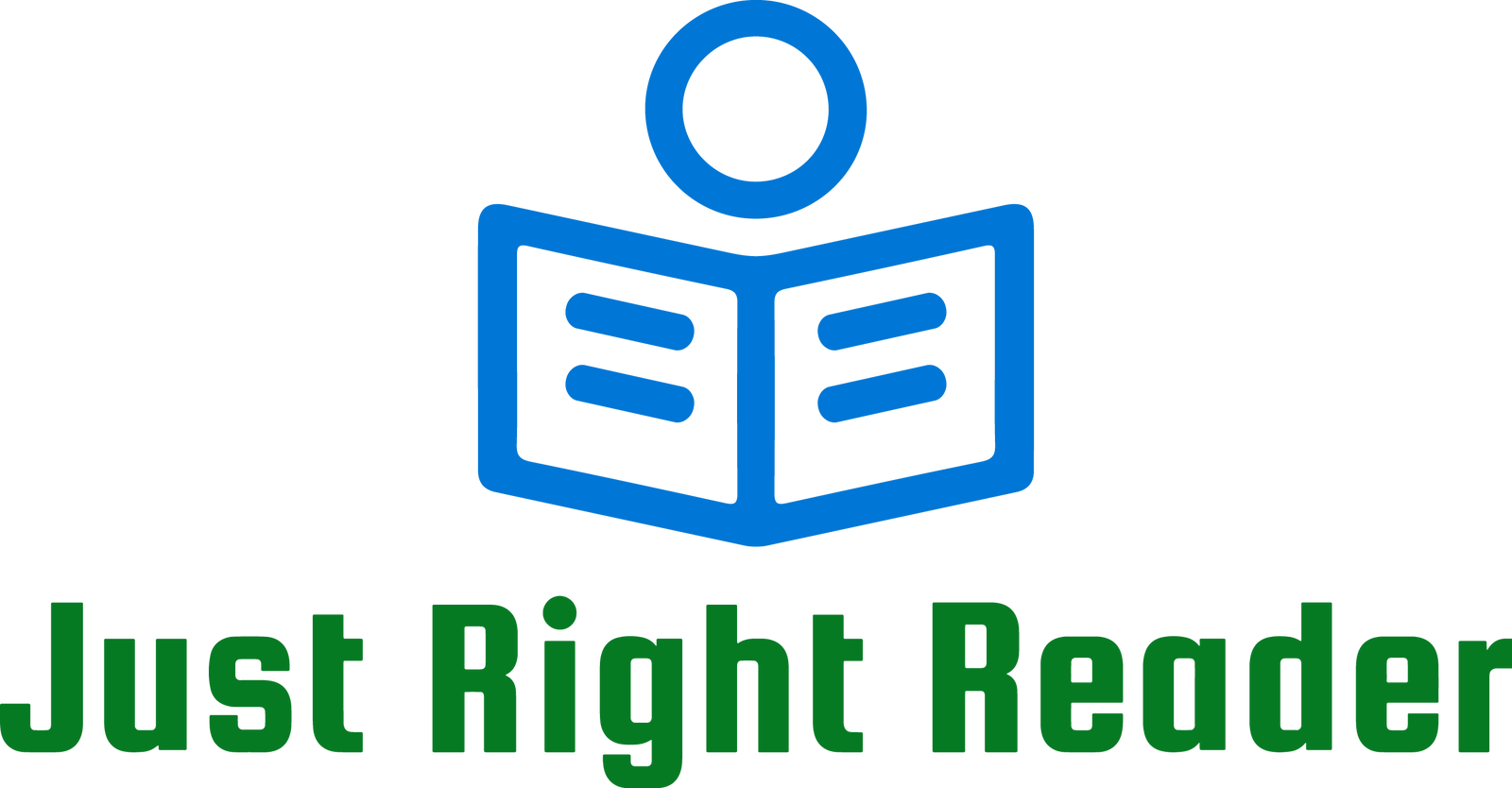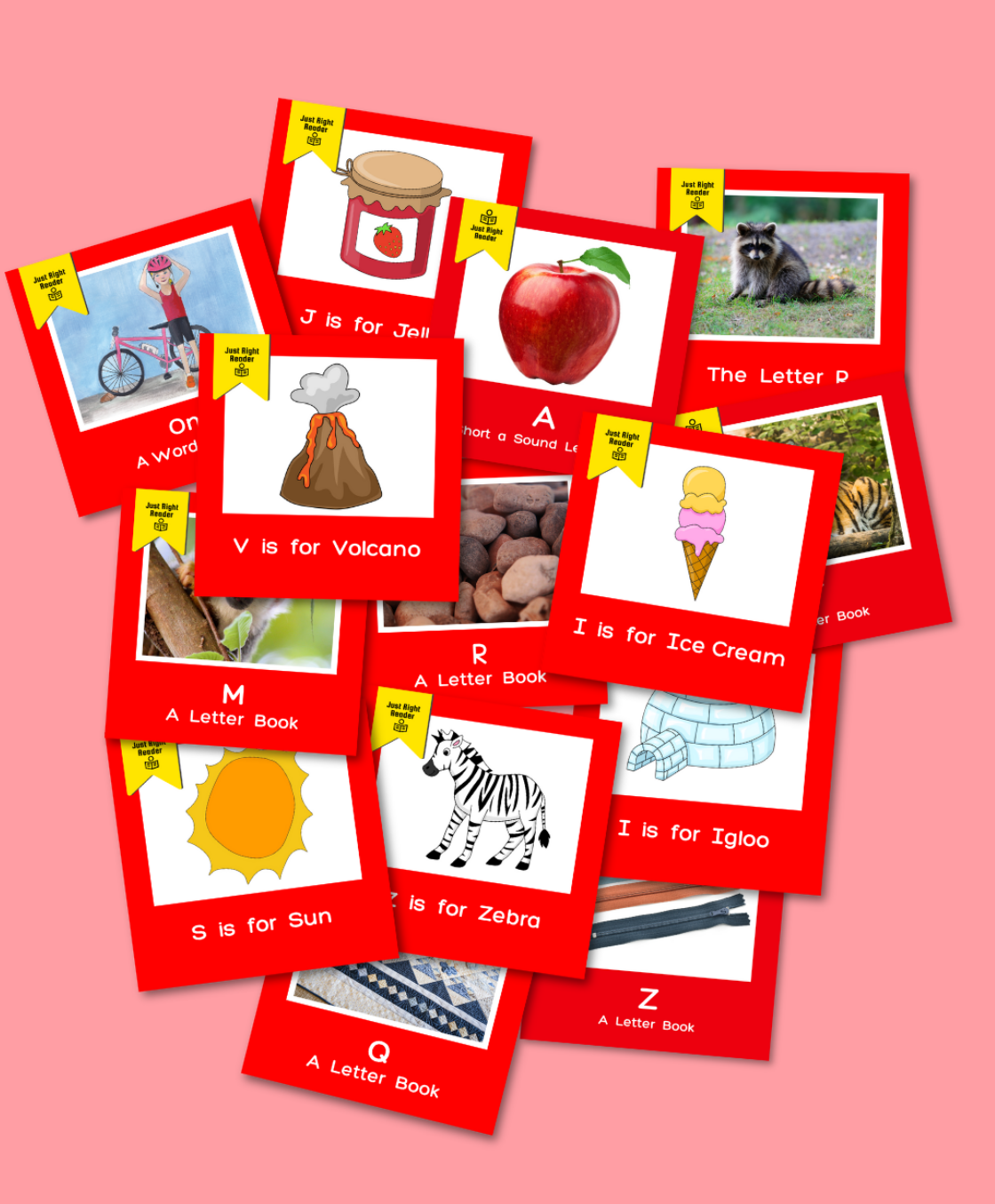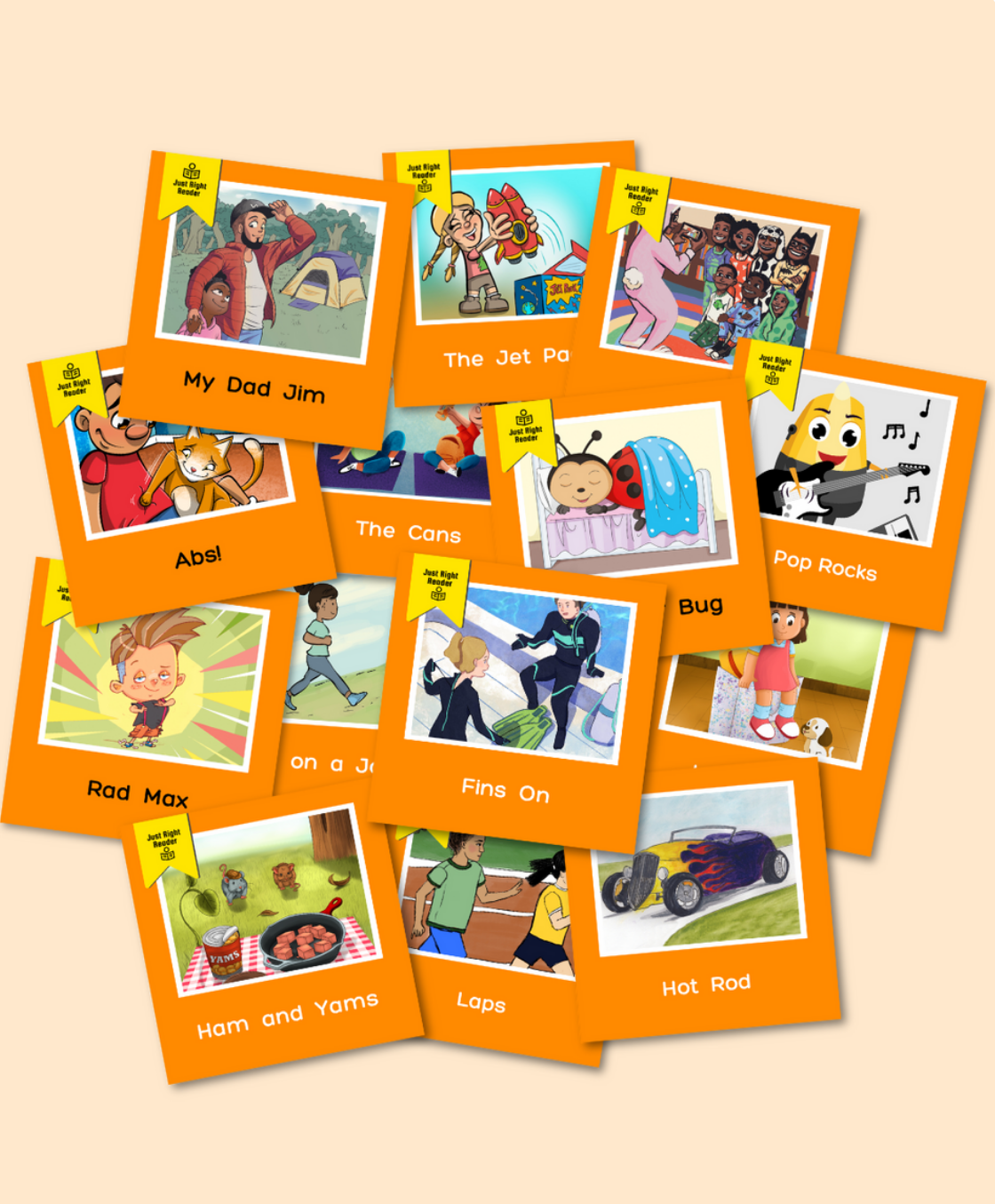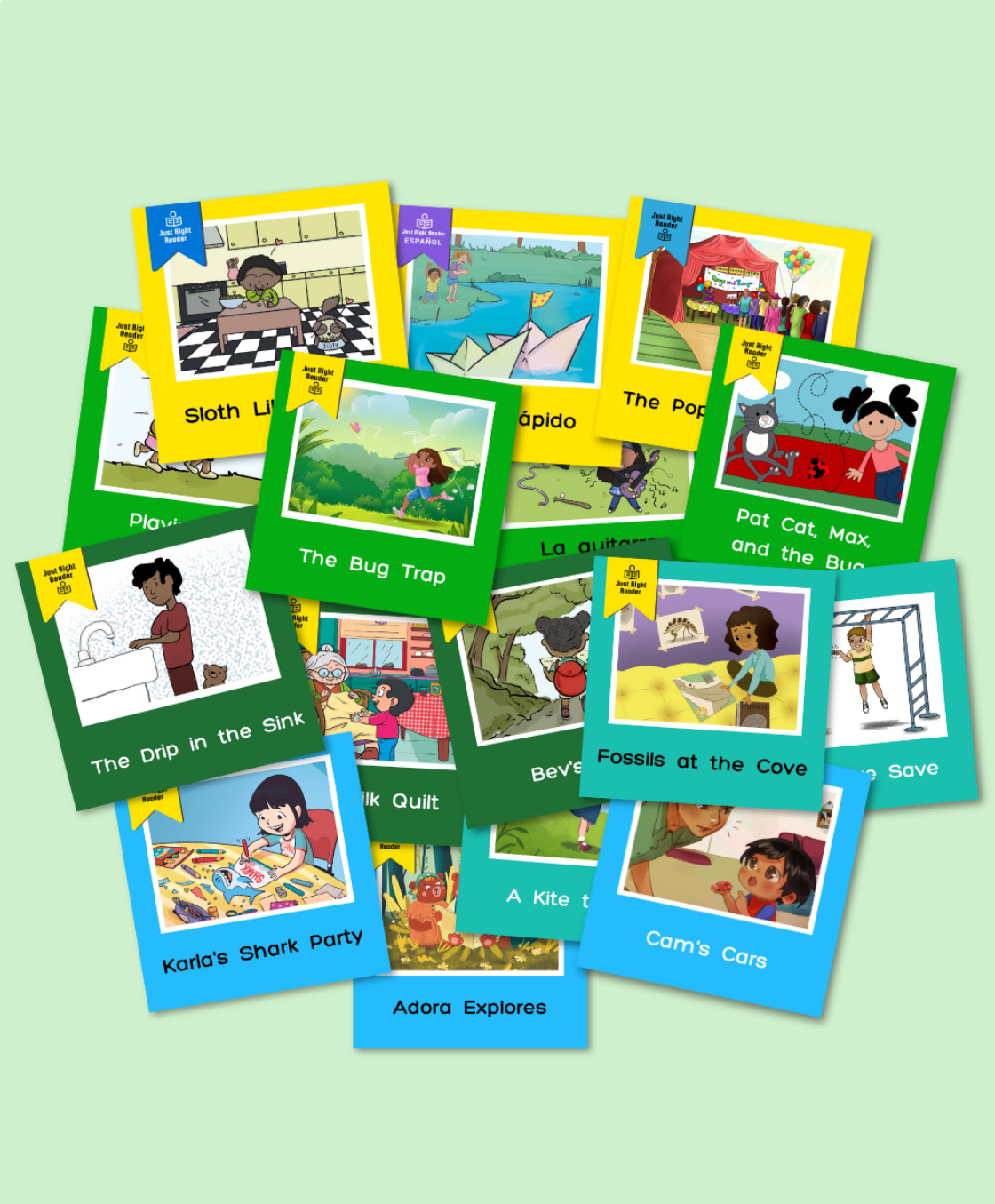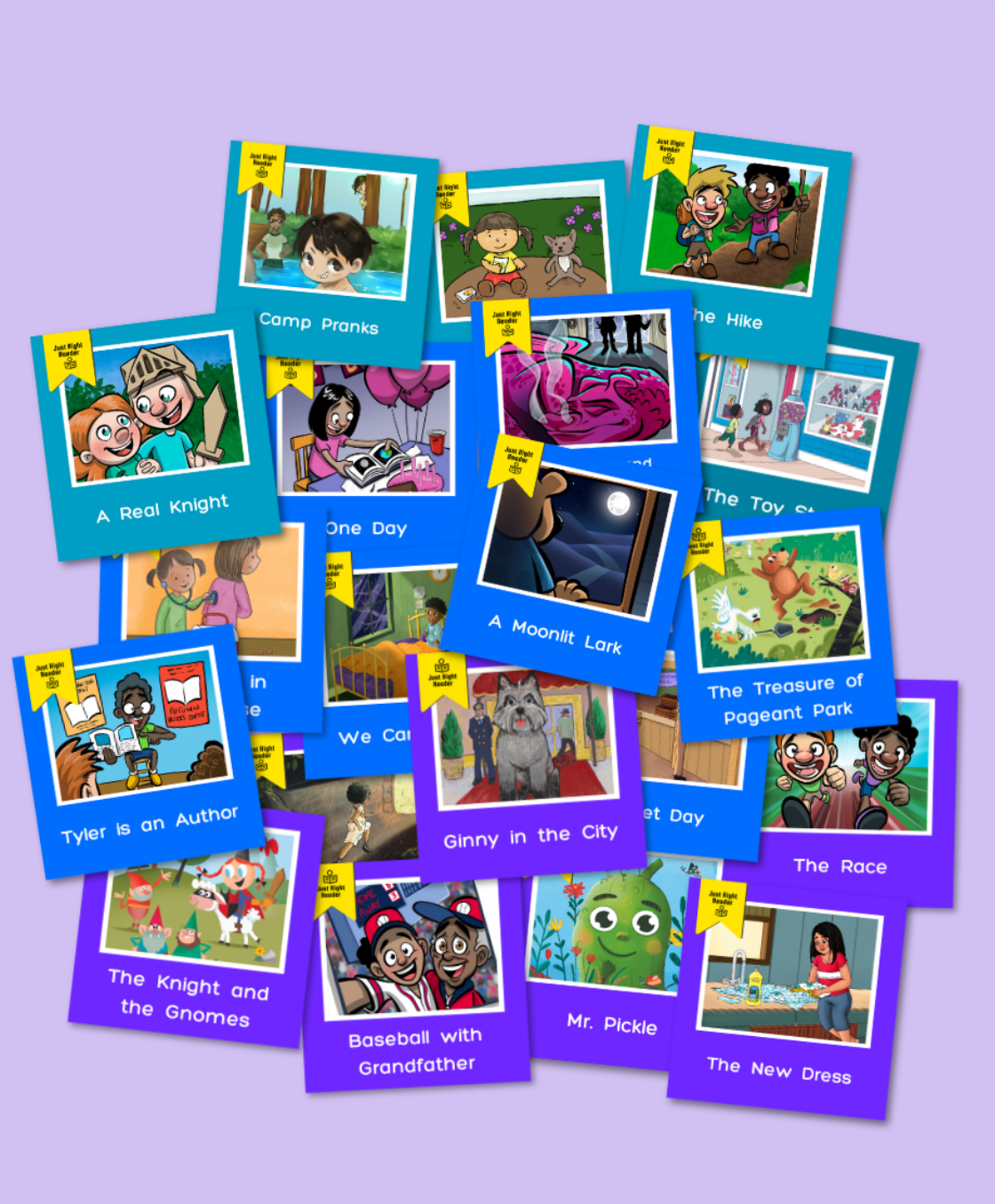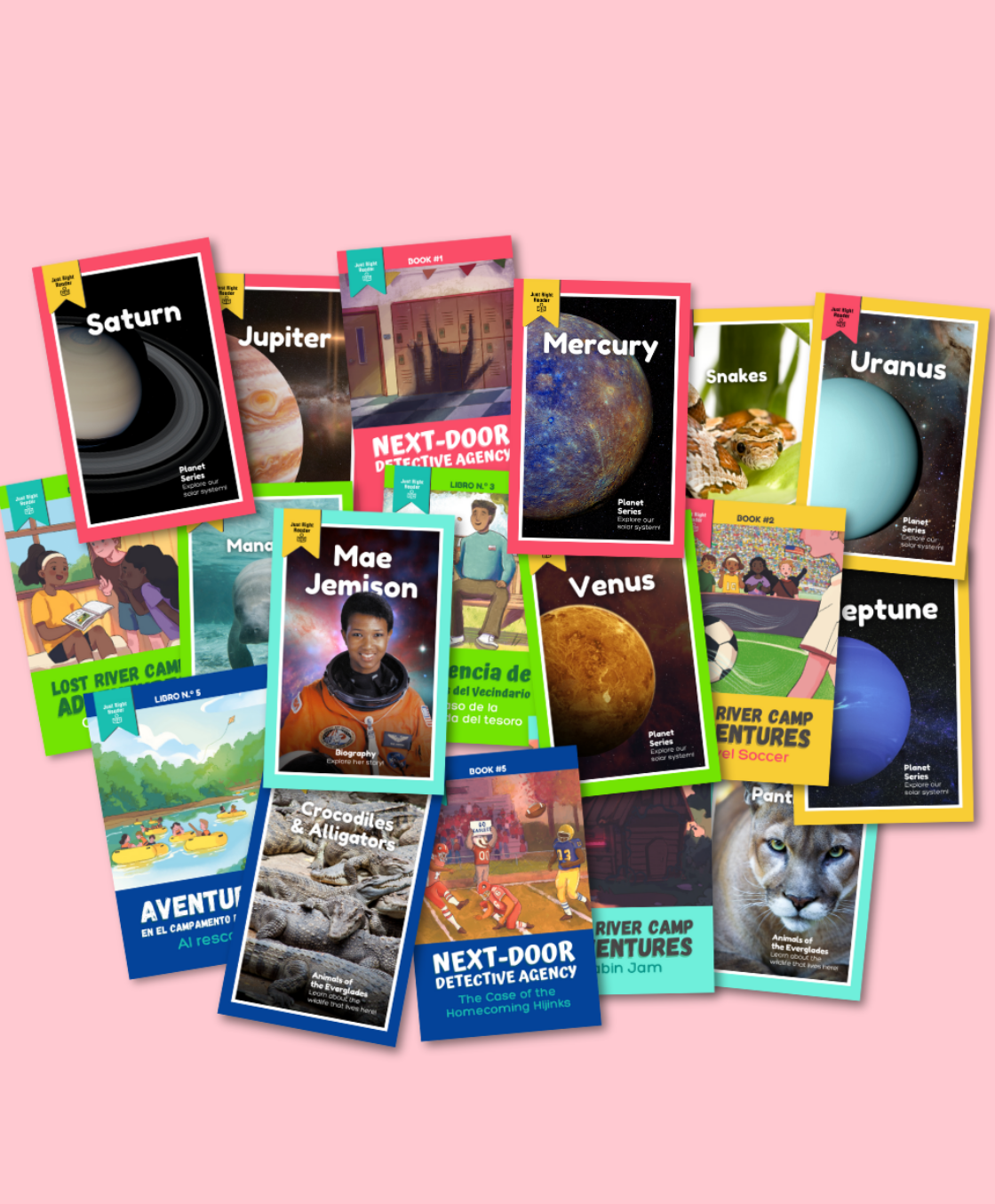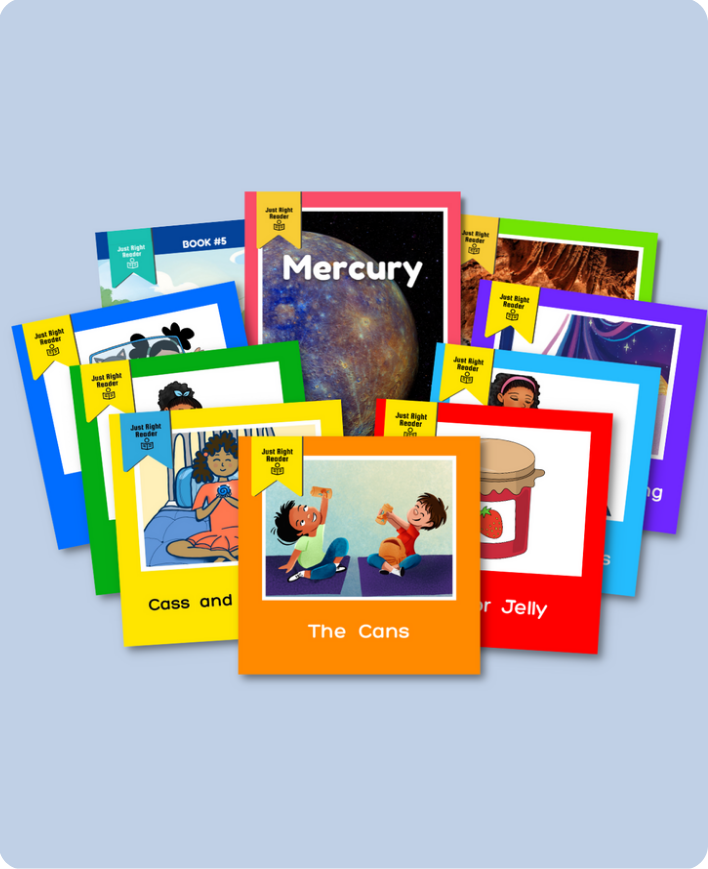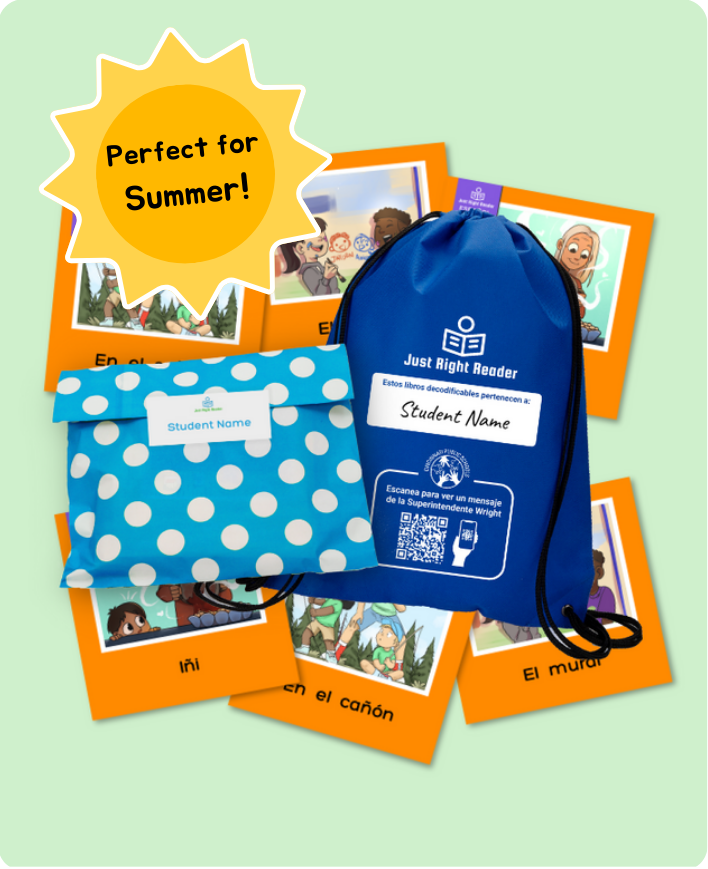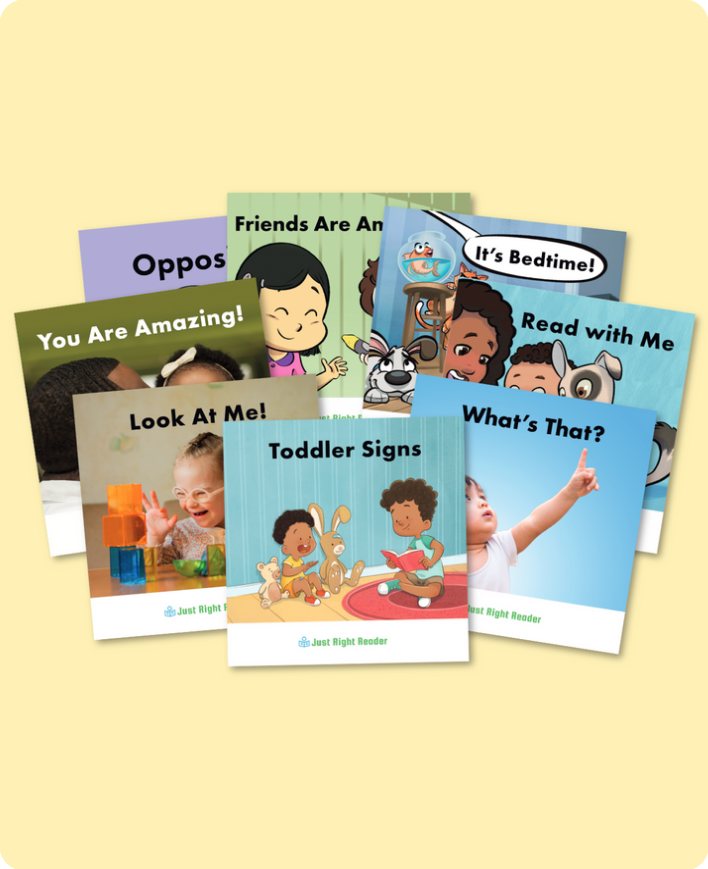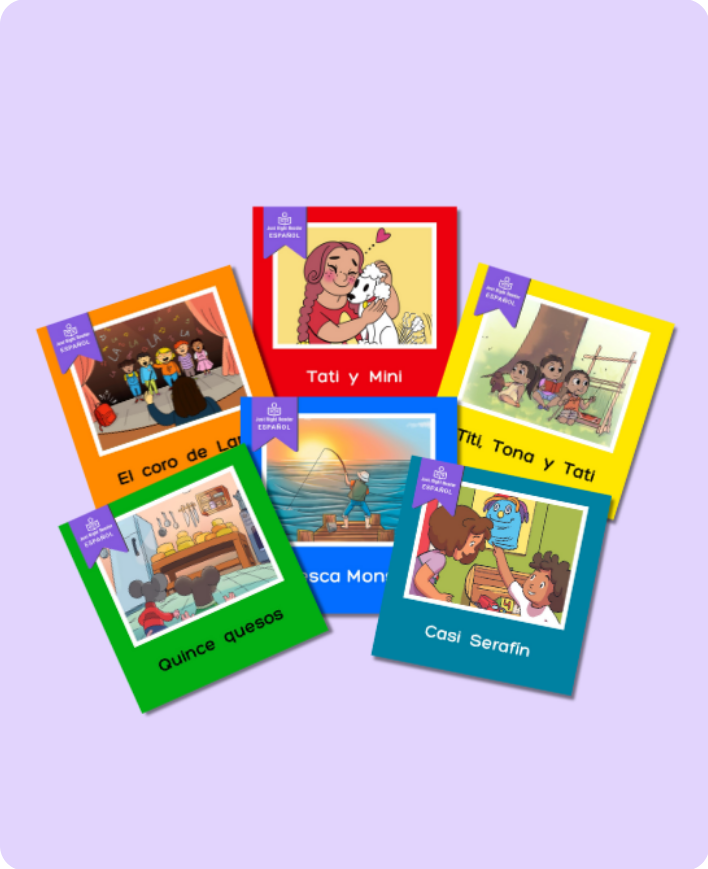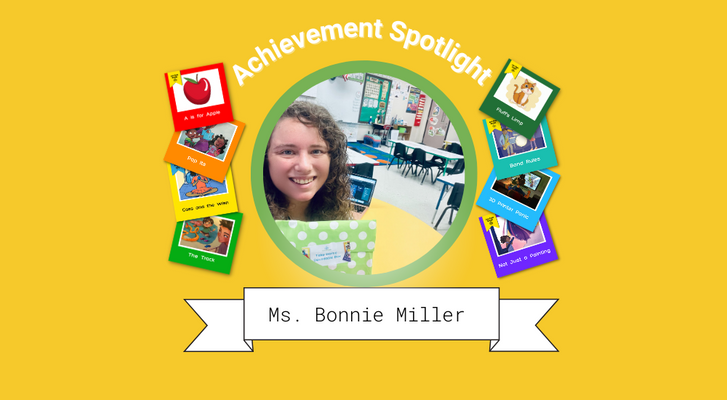
As bilingual education gains increasing recognition, more schools are implementing dual language programs to enhance students' language skills and cultural understanding.
We provide answers to frequently asked questions about bilingual education and offer tips for successful implementation.
Understanding Bilingual Education
Bilingual education is an approach that uses two languages to increase academic achievement and cultural understanding. The goal is to develop literacy skills in both a student's native and secondary languages.
What is the Difference Between Bilingual Education and Teaching English Language Learners (ELLs)?

The primary goal ofbilingual education is to develop reading and writing abilities in two languages.
Dual language programs are at the heart of bilingual education. They help sharpen language skills and broaden cultural understanding by teaching students in both their native language and a second language.
When teaching English Language Learners (ELLs), the top priority is enhancing their English proficiency. The instructional strategies center on the quick acquisition of English, particularly vocabulary and grammar.
Common Models of Bilingual Education
Bilingual education has various models designed to meet different goals.
The two primary types of bilingual education are Maintenance Bilingual Education and Transitional Bilingual Education.
Maintenance Bilingual Education aims to preserve the student's native language while teaching English. This model values long-term biliteracy, seeing linguistic diversity as a strength, not a challenge.
In maintenance programs, native language and English are used consistently throughout the students' education.
Transitional Bilingual Education helps non-English-speaking students transition to English instruction. It starts with lessons in the student's native language and gradually adds more English. The goal is for students to switch entirely to English in a few years without falling behind in other subjects.
The Benefits of Bilingual Education

Bilingual programs offer several benefits beyond language learning:
- Cognitive Development: Students often exhibit increased cognitive flexibility, including enhanced problem-solving abilities and creativity (Białystok et al., 2012).
- Academic Success: Learning two languages can improve academic achievement (Thomas & Collier, 2002).
- Cultural Competence: These programs cultivate an appreciation for diverse cultures and could help students develop a positive cultural identity (Cummins, 2001).
- Career Opportunities: Bilingual proficiency opens up broader career paths, especially in global roles.
7 Strategies to Implement in Dual Language Programs
Explore some research-backed strategies designed to implement bilingual education in dual language programs effectively:

1. Two-Way Immersion
Use a balanced approach where native speakers of both languages learn together. Research shows that this model increases academic achievement and language competence in both languages.
2. Content-Based Instruction
Teach academic subjects in both languages, rotating the language of instruction to balance exposure (Baker, 2011).
3. Language Policies
Set clear language policies and apply them consistently to maintain exposure to both languages (Fortune & Tedick, 2003).
4. Integrated Literacy Development
Develop reading and writing skills in both languages from an early stage.
5. Cross-Cultural Integration
Integrate cultural elements of both language groups to enrich learning and foster a deeper understanding of each culture (Banks, 2004).
6. Professional Development
Provide educators with targeted training in bilingual education, cultural competence, and effective instructional strategies.
7. Family and Community Engagement
Support families and the community by maintaining consistent communication and providing tools necessary to support students at home.
What makes Just Right Reader Spanish Decodables Perfect for Dual Language Programs?

- Written by native Spanish speakers for an authentic reading experience
- Supportbilingual and dual language programs
- Based on alphabetic principles and phonological knowledge specific to the Spanish language
- Aligned to a rigorous phonics progression specific to the Spanish language
Learn how you can accelerate biliteracy reading achievement in your district.
Just Right Reader Spanish Decodables have been added toThe Reading League’s Decodable Text Resources Listing.
References
Baker, C. (2011).Foundations of Bilingual Education and Bilingualism (5th ed.). Multilingual Matters.
Banks, J. A. (2004).Multicultural Education: Issues and Perspectives. Wiley.
Bialystok, E., Craik, F. I. M., & Luk, G. (2012). Bilingualism: Consequences for mind and brain.Trends in Cognitive Sciences
Cummins, J. (2001). Bilingual children's mother tongue: Why is it important for education?Sprogforum
Fortune, T. W., & Tedick, D. J. (2003). What Parents Want to Know About Foreign Language Immersion Programs. Center for Advanced Research on Language Acquisition.
King, K., & Mackey, A. (2016).The Bilingual Edge: Why, When, and How to Teach Your Child a Second Language. Harper Collins.
Thomas, W. P., & Collier, V. P. (2002). A National Study of School Effectiveness for Language Minority Students’ Long-Term Academic Achievement.
